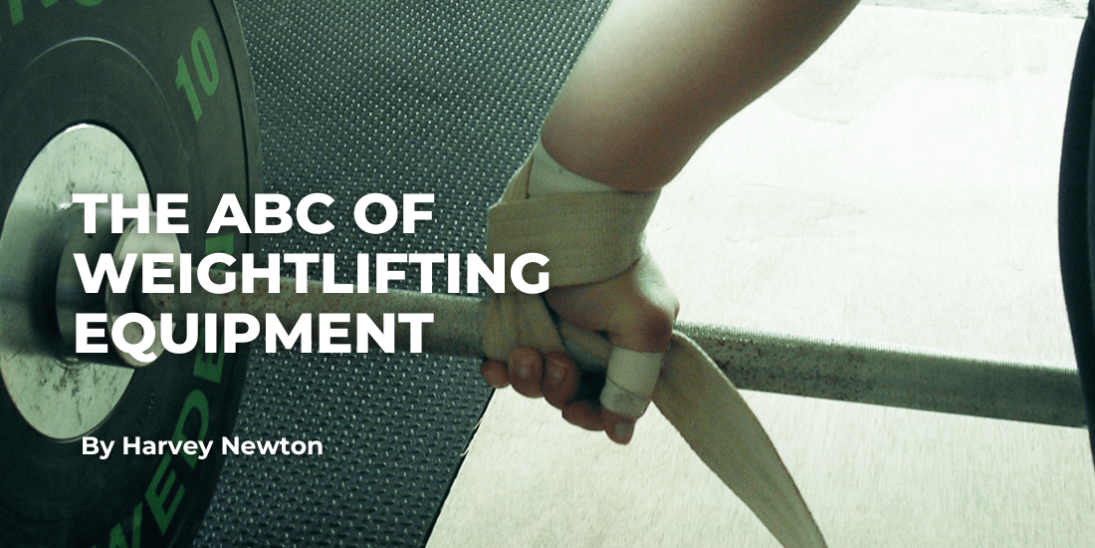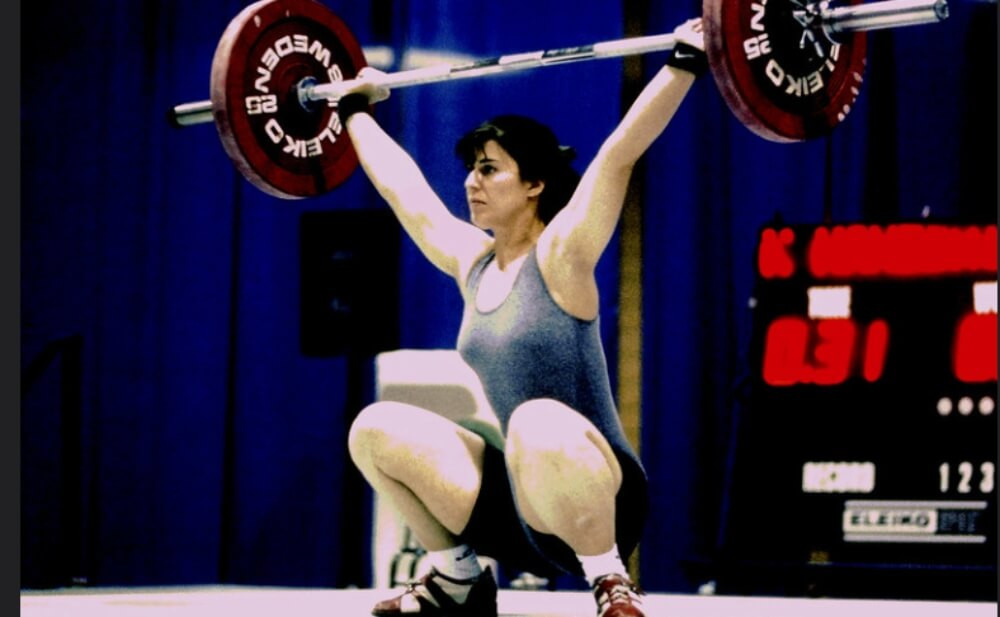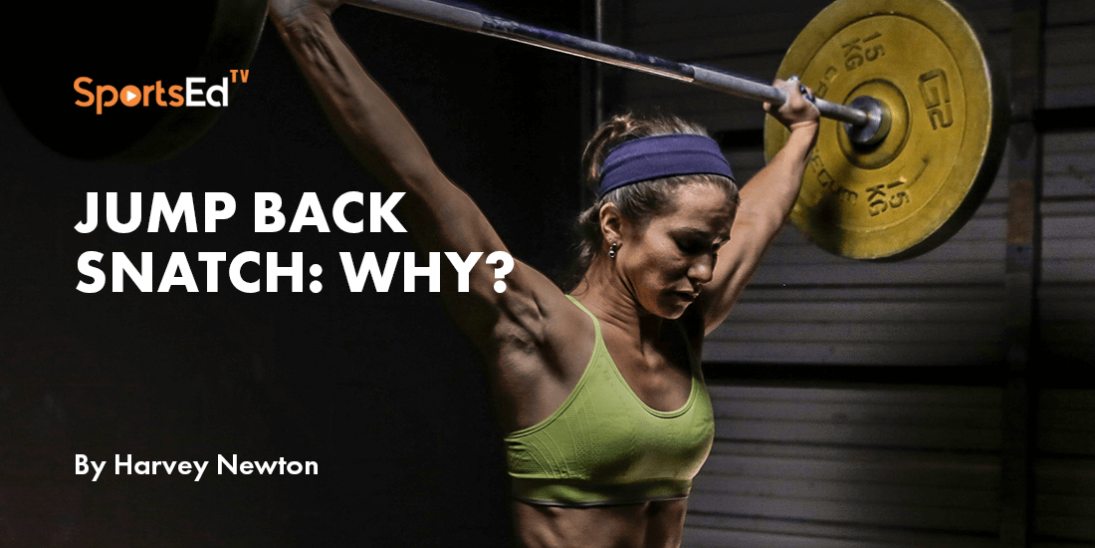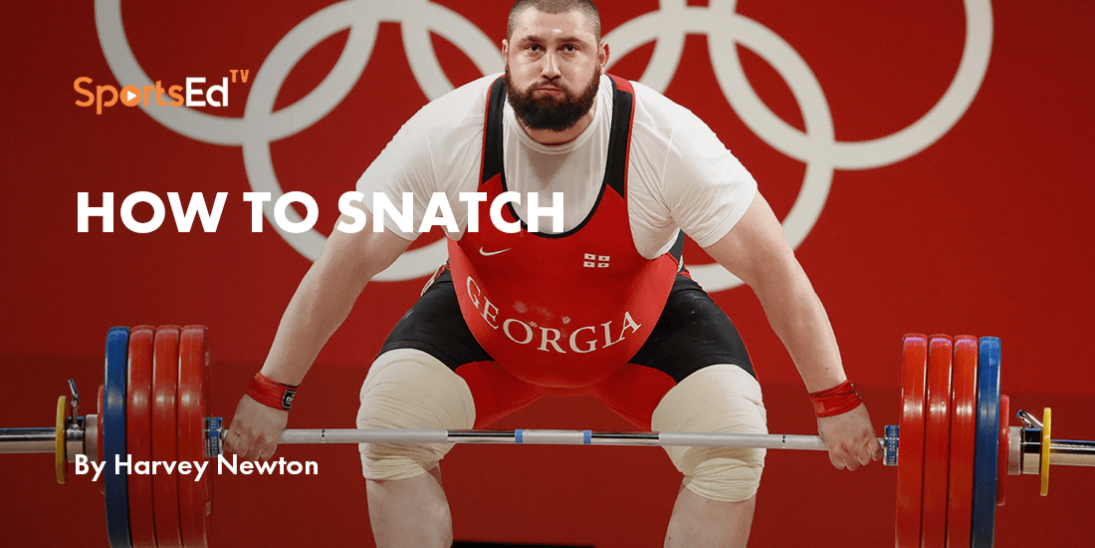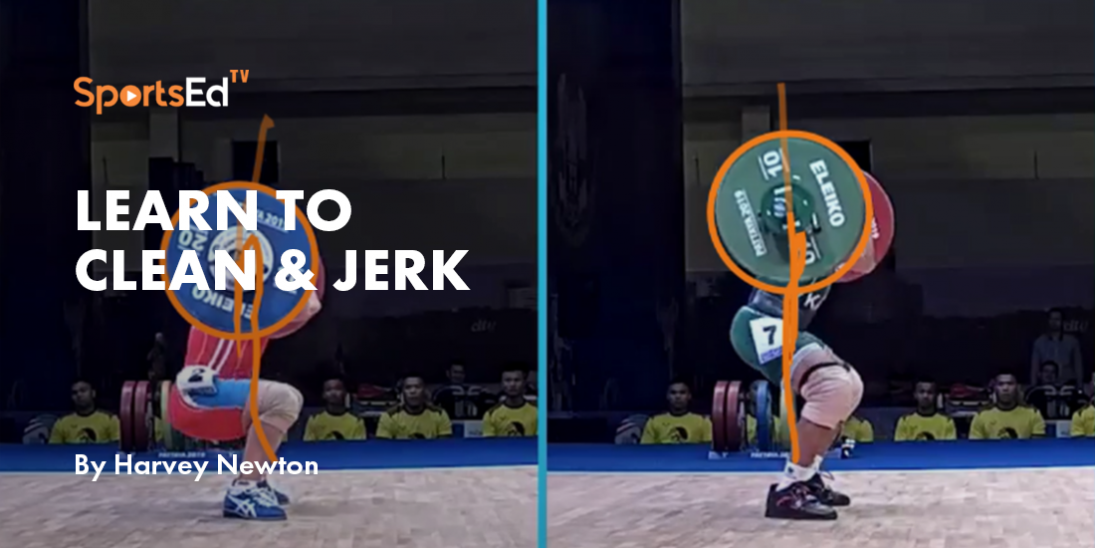Weightlifting
Welcome and thanks for visiting...

Youth Weightlifting: What is Its Future Direction?
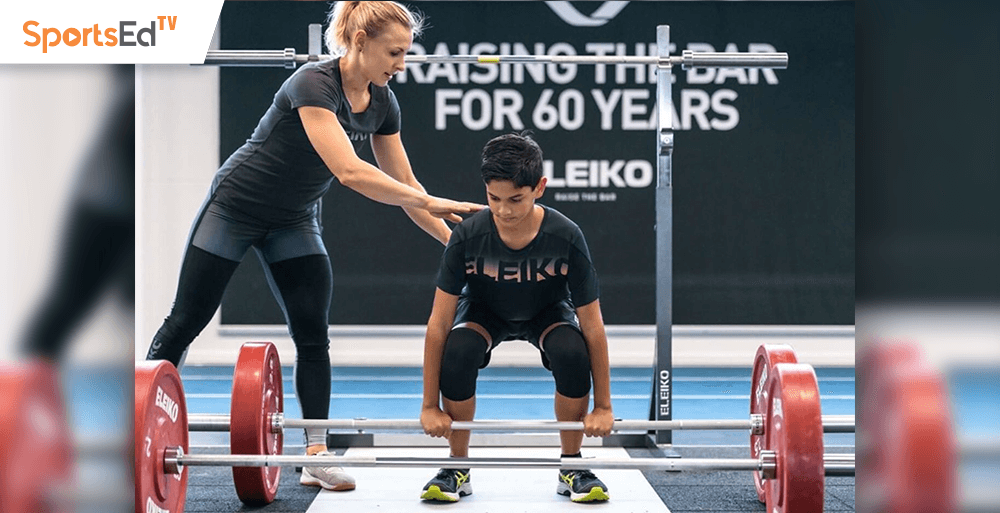
In March 2019 the International Weightlifting Federation’s Youth World Championships were held in Las Vegas. Not surprisingly, Team USA won the team titles (the only country with full teams represented) and some individual medals. The initial entry list included 186 boys and girls born between 2002 and 2006 (13 to 17 years of age) as participants.
Since 2009 the IWF Youth World Championships (YWC) has been held annually, except in Youth Olympic Games (YOG) years. The International Olympic Committee held the inaugural Youth Olympic Games in 2010, with weightlifting (15 to 17 years of age) featured in the summer version every four years.
Over the years both organizations have dealt with the question of the appropriate minimum age for participation in world championships or an Olympic Games.
What effect has the creation of these two spectacular events had on the sport of weightlifting, and what does the future hold? Let’s first start by looking in the rearview mirror.
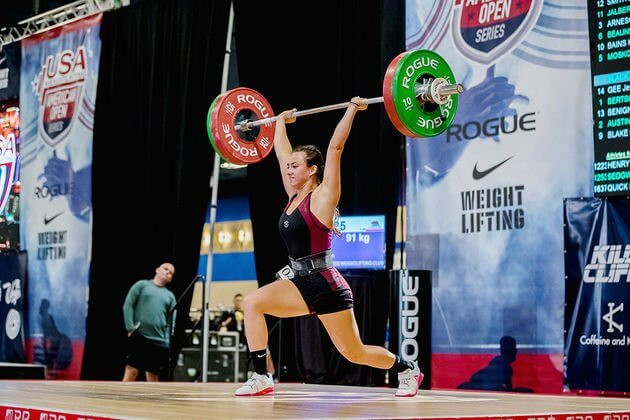
What’s The Right Age for Weightlifting?
Years ago we regularly heard what amounted to an “old wives’ tale” that lifting weights was inappropriate for youngsters. This usually focused on suspected damage to a child’s epiphyseal, or growth, plates, resulting in stunted growth. This misconception remains prevalent today in certain parts of the world.
During the 1980s I served as USA Weightlifting’s executive director. At the time we had a minimum age of 12 for competition. After my departure, that minimum age was removed from consideration and remains the USAW policy today.
Around this time there were a number of damning articles that cast medical doubt on young participants in our sport.
-
In 1977 The Physician & Sports Medicine (Vol 5, No. 7) published a piece by John Jesse entitled, Olympic Lifting Movements Endanger Adolescents. Interestingly, Mr. Jesse, an RPT, suggested, as appropriate, exercises including a bent-over, uneven barbell twist; a rounded back stiff leg (not straight leg) deadlift; and a rounded back good morning exercise. One would have difficulty finding support for these movements in today’s physical therapy world.
-
A 1979 U.S. Consumer Product Safety Commission reported that over 35,000 weightlifting injuries occurred to American children aged 10 to 19.
-
A 1987 U.S. Consumer Product Safety Commission reported that over 8,590 weightlifting injuries to American children 14 and under required emergency room admissions.
Somewhat tongue-in-cheek I informed these parties that at that time, USAW had approximately 600 weightlifters between the ages of 12 and 20, and it seemed inconceivable that this group was injured so often. Thus began the campaign to educate the uninformed as to the difference between weightlifting (the sport) and weight lifting, or weight training (an activity).
In 1985 the National Strength and Conditioning Association published their Position Paper on Prepubescent Strength Training, which greatly refuted the claims that weightlifting (or weight training) was a dangerous sport (activity) for youngsters. That position statement has been updated numerous times since.
Fortunately, those days are behind us. Numerous publications, books, organizations, and research sources have confirmed that lifting weights (usually erroneously labeled strength training) is likely to stimulate, not restrict, youth physical development.
Long Term Athletic Development
Within recent years we in weightlifting have seen a large emphasis placed on the concept of Long-Term Athlete Development (LTAD) and on the American Development Model (ADM). The ADM features heavily in the current USA Weightlifting’s coaches’ education and certification curriculum. All candidates must study and pass an online ADM segment prior to receiving their certification.
This concept suggests early participation, but later specialization. It promotes a well-rounded overall experience with many sports. This is how one would expect to develop an elite athlete, regardless of sport. The ADM bottom line for athletes is “Play – Love – Excel” in a chosen sport.
USAW references USA Hockey for the development of the ADM model, and the model makes perfect sense for youngsters playing team sports. Coaches learn of the following ADM stages:
-
Active Start (0-6 yrs)
-
Fundamentals (6-9 M) (6-8 F)
-
Learn to Train (10-11 M) (9-10 F)
-
Train to Train (12-16 M) (11-15 F)
-
Train to Compete (16-18 M) (15-18 F)
-
Learn to Compete (18-22 M) (18-22 F)
-
Compete to Win (23+ M) (23+ F)
This outline seems intuitively correct, especially for a strenuous sport such as weightlifting that places great stress on muscles, bones, and connective tissue, to say nothing of the intense psychological challenge of singularly facing a barbell opponent on an isolated platform.
And we’ve known for a while that weightlifters tend to reach their physical peak around their mid-20s. But, is the sport of weightlifting actually following this ADM outline?
Recent Times
In 1975 the International Weightlifting Federation established the Junior World Championships, an event for those under 20 (athletes compete for the remainder of the year in which they turn 20). A minimum age of 15 years is currently required for participation.
The former Soviet model for developing elite weightlifters suggested a career capable of lasting approximately 10 years (not including the developmental years). This approach generally produced lifters at the Olympics in their early to mid-20s and allowed a career to ideally last through more than one Olympic cycle.
Starting in the 1980s Bulgaria challenged the Soviets for dominance in weightlifting. The Bulgarian model suggested elevating lifters to the top sooner and staying for a shorter period of time, often one Olympiad (four-year cycle). It’s difficult to draw strong conclusions about the Bulgarian success at the Olympic Games during this time due to their boycott (1984) and anti-doping challenges (1988), but at world championships, the Bulgarians regularly bested the USSR, the perennial leaders in the sport.
Currently, a lifter at least 15 years of age is eligible to compete in the Youth World Championships, the Junior World Championships, the Senior World Championships, the Youth Olympic Games, and the Olympic Games (for Tokyo in 2020, those born on or before 31.12.05).
According to the ADM, this cadre should not be competing at this highest level, but should simply be learning how to train seriously for a chosen sport in which they wish to specialize.
It’s too early to tell, but what is the likely outcome of today’s high level of competition for lifters who may not have yet reached physical maturity?
The Question is Raised
Kyle Pierce, EdD provided me with an interesting 2014 paper published in the Journal of Australian Strength and Conditioning (Vol. 22, Issue 2, June 2014) that challenges the present YWC and YOG structure. The author, Greg Wilson (Head Strength & Conditioning Coach for Indonesia Weightlifting) presents numerous examples that suggest this great emphasis on maximum performances by youngsters may work against LTAD principles.
He tracked the 33 medal-winning lifters in the first YOG (Singapore, 2010) until the end of 2013. He sought to determine, via the IWF’s website-listed results, the change in performance and the dropout rate of this group of top-level lifters.
By 2013 more than half (52%) of the original medal winners were not listed in IWF results and thus, considered by the author to be dropouts from the sport. Perhaps they quit, or maybe they continued to train and compete, but not in meets posted to the IWF website. Maybe others replaced these medal-winners with higher results.
What about improvements? It is certainly reasonable to expect young athletes to make continuous, significant progress in their early years. Improvements may be due to the initial starting point, mastery of a sport’s technical moves, possible gains in body weight, additional maturity, etc. Among the 33 YOG medal winners in 2010 the following progress through 2013 was charted:
-
Never lifted again 5 (15%)
-
0-5% improvement 8 (24%)
-
5-10% improvement 4 (12%)
-
>10% improvement 16 (48%)
Surprisingly, more than half the medalists failed to improve their total by 10%. This may suggest this group of youngsters “peaked” rather early. Perhaps this group that improved so little also represents those that dropped out.
The author mentions a 13-year old Chinese girl, Linglong Yu who won the 2013 YWC 48kg category with lifts of 81-92-173. In terms of LTAD, Dr. Wilson asks: was her nearly double bodyweight C&J at such a young age advisable? The point is not that this performance is unlikely or that she might be injured. The primary question is: will she still be competing when she reaches her physiological peak in her mid-20s?
A quick check shows that Linglong went on to win the Junior World Championships in 2016. But I’ve not been able to find any further competitive records for her. Burnout? Injured? Replaced by someone stronger?
At the YOG, track athletes do not compete in a 5,000-meter, 10,000- meter, or marathon races. There is a 5,000m race walk event. The international federation (IAAF) realizes that the longer distance races can be extremely demanding on immature bodies. Here, they seem to reference physical safety, not career duration and ages at which to peak.
Weightlifting does not seem to share the same concerns. I am unaware of any further exploration of the situation by any organization or individual. Without further research, it is impossible to form solid conclusions on the state of youth weightlifting at the highest levels.
It is suggested within the JASC conclusions that the IWF might wish to reevaluate the current competition model. Dr. Wilson recommended the possibility of a timed, higher repetition format, perhaps with bodyweight. He also suggests that weightlifters at the Youth Olympic Games be 18 years of age or older, rather than today’s 15 to 17.
What Does the Future Hold?
Recently, a coaching faction within USAW suggested that in light of the ADM something similar to the JASC suggestions should be attempted at the USAW Youth National Championships. The entry information for this year’s event indicates that the 13 & under and 11 & under age group awards will include an emphasis on technique and the opportunity to compete in other physical tests besides lifting maximum loads on the competition platform.
That sounds like a step in the right direction. With an eye toward LTAD, there’s more to optimized performance besides just obtaining two or three white lights from the officials. Early inefficiencies, compounded repeatedly over time, are nearly impossible to later correct, thus reducing one’s ultimate potential.
Differences in chronological and physical ages must be considered. I’ve worked with a 16-year old male who was balding and exhibited a full beard. Similarly, I’ve known 16-year old males that appeared nowhere close to puberty. We cannot take exactly the same approach with all young athletes.
However, regardless of age and maturity, we know all athletes pass through critical periods of time when a proper technique can be mastered. Miss this window and such mastery may never take place.
Learning safe and effective techniques must be the priority of all young lifters. This is the primary goal of SportsEdTV and its weightlifting content.
Including technique evaluation in competitions for the youngest lifters is an admirable goal. But with so little agreement, at least in this country, as to what constitutes ideal technique, how would young lifters’ competition results be evaluated? We are not figure skating, diving, or gymnastics, where judges have been trained to evaluate performance based on a textbook interpretation of the good technique.
Consider a hypothetical situation: Lifter A (age 12) snatches more than bodyweight, but does so with a rounded back, flexed elbows, and jumps forward 12 inches. Lifter B (age 12) snatches less than bodyweight, but does so with a neutral spine, exhibits excellent explosive pulling technique, and does so with a textbook trajectory pattern.
In the proposed new youngest category competition, which of these two lifters places ahead of the other? Are we ready to deal with many possibly challenging outcomes, not the least of which may be parental involvement?
Youth weightlifting and its impact on future performance is an interesting topic to consider. I continue to encourage mastering of the basics at an early age, with an eye toward peak performance later in life.
I hope USAW (and other federations) consider all the options and will produce a system that eventually leads to optimal performance in the Olympic Games.

